© 2021 National Pro Clean Corp. Check out our Partners Page Here!
Learn the best strategies to improve cleaning productivity and quality
- Comprehensive Cleaning Management Training Manual compiled and written by Gary Clipperton a fifty-year industry professional.
- Complete training system with over fifty strategies to establish cleaning with teams (proven to reduce labor costs up to 30%.)
- Organizational tools for ISO 9001 Certification. (Contains over 35 strategies and programs to implement new skills and improve quality.)
- Exclusive CPR (Cleaning Performance Rating) program adjusts quality and productivity rating for each worker and building (levels the playing field).
- Innovative In-Service Training Lessons. Forty-five ways to supercharge your training program.
- Twenty-eight strategies to improve cleaning productivity.
- Over 120 tips on solving difficult cleaning problems.
- Over 30 strategies to solve performance problems.
- Ten mistakes to avoid in cleaning carpets.
- Ten mistakes to avoid in stripping and finishing floors.
Over 250 power-packed pages!
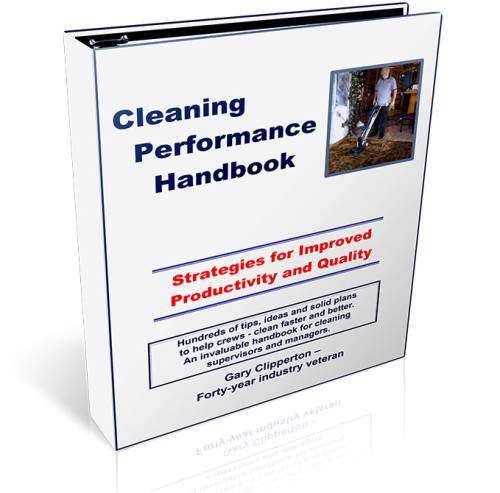
250-page textbook for cleaning managers
Ten Strategies to Improve Cleaning Efficiency
Ten Steps to Improve Quality and Productivity from the Comprehensive Training Manual
Step 1 – Getting Started with Analysis and Planning
- How to evaluate, plan, implement, manage and maintain improved results with lower costs
- Controlling input and improving throughput to enhance output
- Rate your current departmental performance 1-10 question survey
Step 2 – Process Improvement
- Using value engineering to assess importance and cleaning frequency for all operations
- Developing a winning game plan starting with a sequential workflow
- Eight steps to organize and streamline supplies
- Improving orderliness
- Strategies to reduce seven major hindrances
- Work simplification – 11 guidelines to shorten cleaning cycles
- Mastery of Motion Economy – 18 tips in analyzing personal efficiency
- Identifying delays and bottlenecks
- Understanding motion time study basics –11 elements
- Engineering a cleaning flow system
- Fourteen elements that affect new worker break-in rates
- Accelerating the mundane to focus on details
- ISO overview from a leading expert
- Twenty-three topics for interactive training
Step 3 – Quality Improvement
- Understanding seven definitions of quality
- Twelve losses caused by substandard quality
- Six reasons why quality should be Job # 1
- Seven steps to QI (Quality Improvement)
- Deming’s TQM approach
- Ten areas that are beyond the worker’s control
- Importance of customer surveys and quality scorecards
- Five major causes of complaints
- 20 item QC inspection – rating the % of cleanliness
- Six factors that affect scorekeepers rating procedures
- Quality offset ratings – 10 conditions that can make 100% quality scores impossible
- Diagramming quality graphs
- Control charts to monitor progress
- Benchmarking to identify and duplicate best practices
- Projecting increase/decrease in cleaning frequencies
- Flow chart to solve 6 major cleaning deficiencies
- Techniques in training workers to develop an eye for detail
- Upgrading results by rating the appearance of all surfaces 1-10
- Instill cleaning ownership within staff members
- How timing problems impact tolerance levels
- Gap analysis – how far are we from achievable competence?
- Nine steps to solve major cleaning defects
- Developing self-directed work teams
- Complaint responses and handling non-quality issues
- 35 item Quality Improvement Checklist
Step 4 – Productivity Improvement
- Major deficiencies with the cleaning process, supplies, quipment, management and staff (36 items)
- Six policies that create bureaucracy
- Eleven ways to reduce soil input
- Sixteen attitude builders that increase productivity
- Sixteen attitude problems that decrease productivity
- Fifteen solutions to staff performance problems
- Cleaning variances – a scalable rating for the eleven major productivity hindrances
- Productivity improvement checklist
- Fourteen interactive discussion topics for training classes
Step 5 – Overcoming resistance to change
- Typical emotional responses to uncertainty and change
- Eight steps in handling resistant attitudes
- Motivation and conflict resolution
- How to overcome 7 major performance excuses
- Checklist for managing change
- Eight discussion topics that encourage acceptance
Step 6 – Cleaning with Teams
- Seven objectives in establishing teamwork
- Understanding basic requirements for cleaning with teams
- Team VS Zone cleaning – 16 comparisons
- Sixteen strategies to establish cooperation
- Understanding the division of major work tasks
- Workloading for team success
- Using a Gantt chart to allocate team assignments
- Charting work divisions for office cleaning, floor, and carpet care
- Team results checklist (15 items)
- Twenty-eight topics for in-service discussions regarding implementation of cleaning with teams
Step 7 – Effective Training Programs
- Thirteen benefits of providing comprehensive training
- Measuring the gaps between skill deficiency, skill proficiency and actual performance
- Identifying the learning styles of trainees
- Seventeen tips to improve your training skills
- Training the whole person: head, eye, hand, foot, heart and providing feedback to the ear
- Skill assessment tests
- Seven habits of a highly effective cleaning tech
- Using the Pocket Pal system to track job assignments
Step 8 – Become a Winning Coach
- Self-test: What kind of manager are you?
- Developing a win/win management style
- Seven leadership styles to avoid
- Seven important character traits of a leader
- Six ways to better achieve results through others
- Code of behavior for team members
Step 9– Troubleshooting Cleaning Problems
- Over 100 innovative and workable solutions to common cleaning problems
- Specific answers to challenges with trash removal, dusting, detail cleaning, vacuum cleaning, dust mopping, wet mopping, burnishing, scrub and recoat, stripping, carpet maintenance, and restorative cleaning
Step 10 – Procedures that save time and improve quality
- Over eighty cleaning tips that will speed up cleaning times and improve results
- Innovative solutions to make the job easier
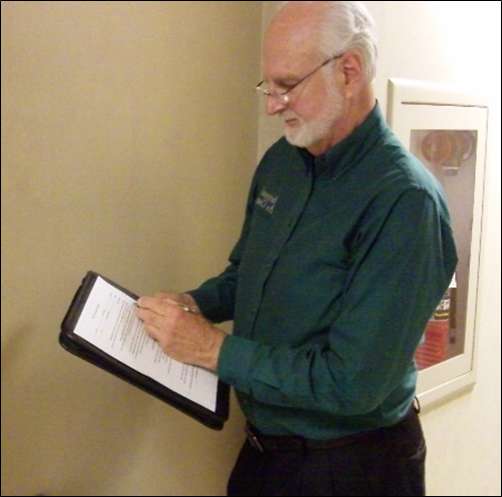
Cleaning checklists
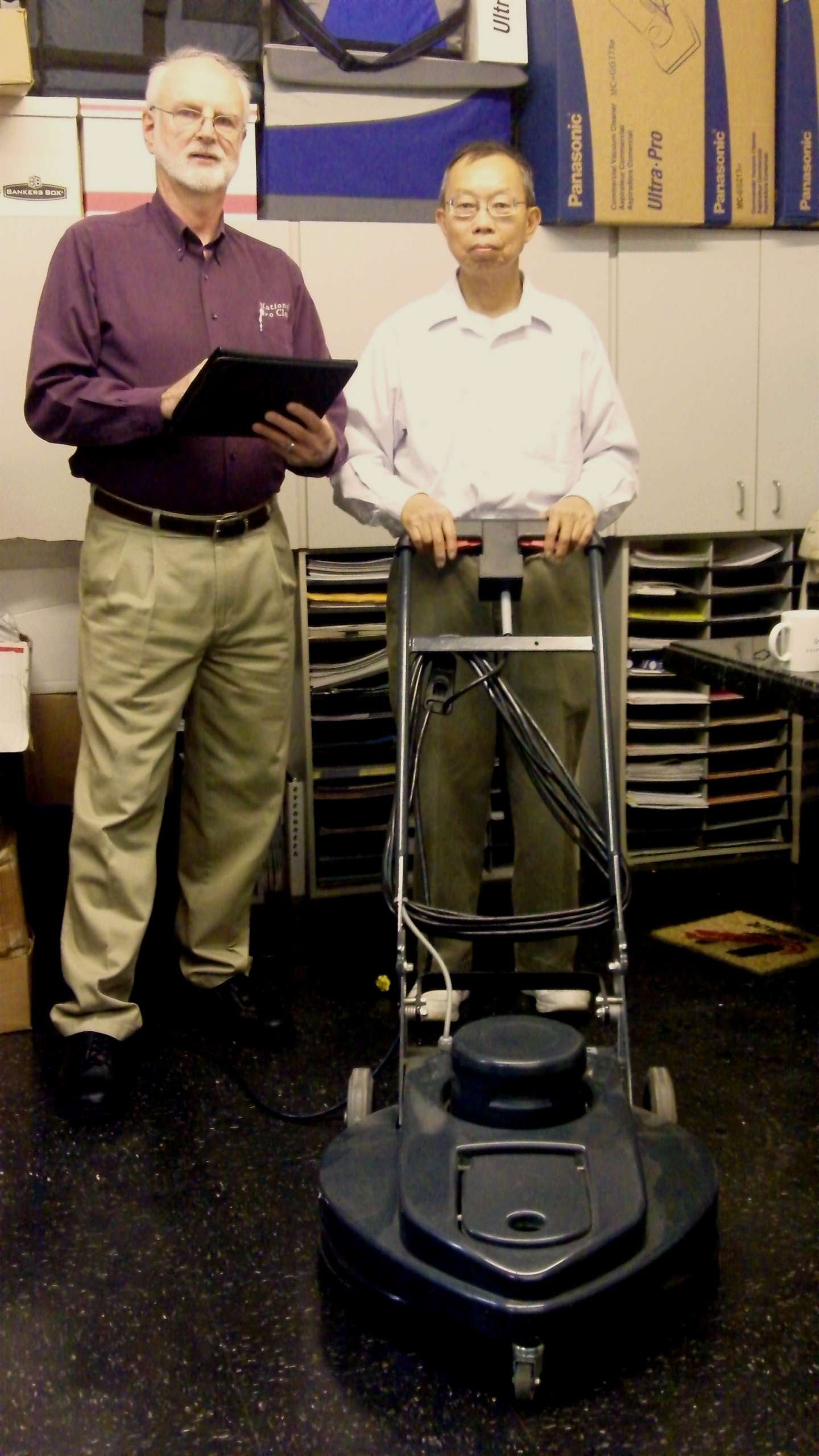
Professional training methods
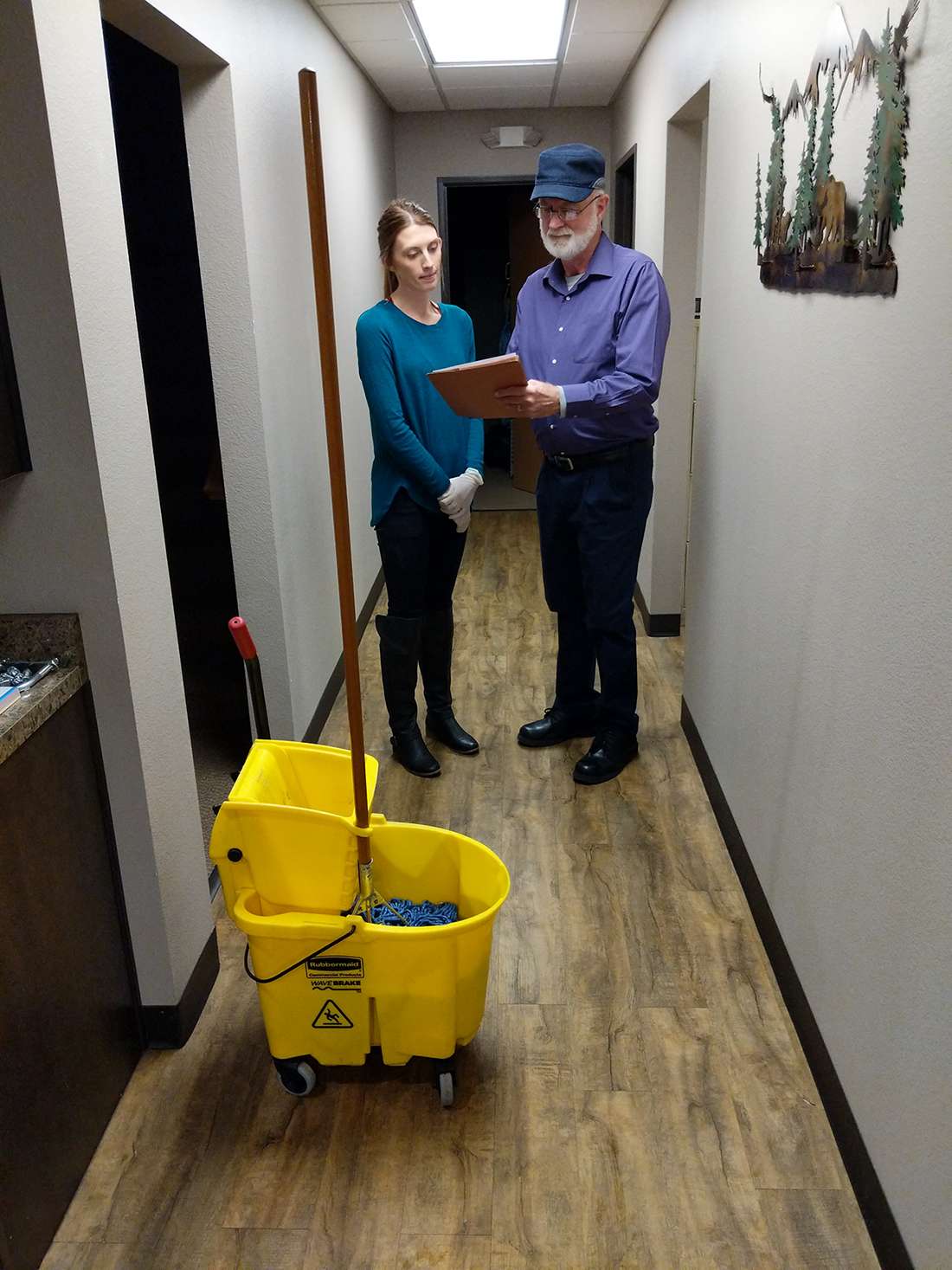
Proper training can reduce labor by up to 20%
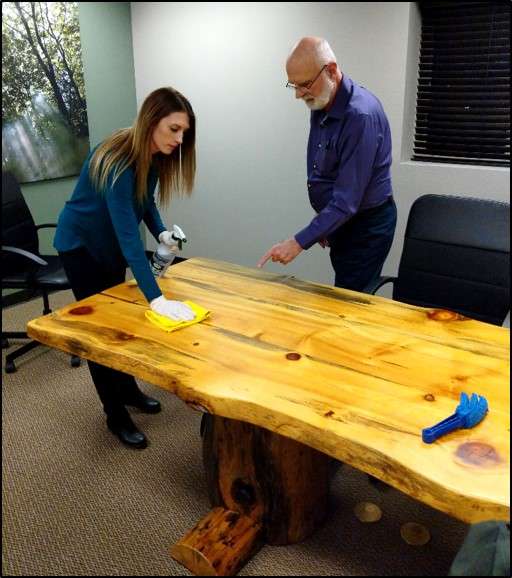
Improved training
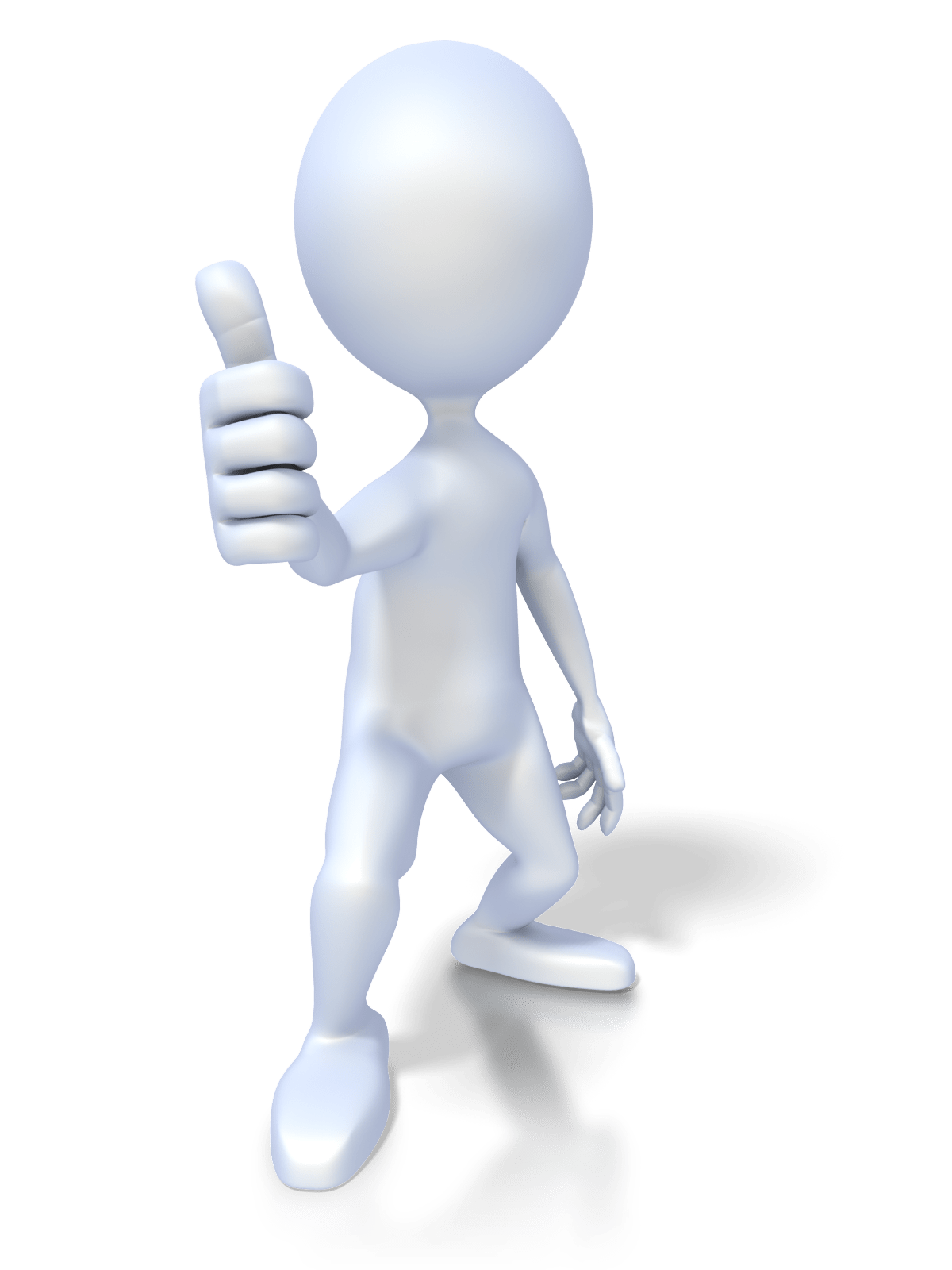
Teamwork
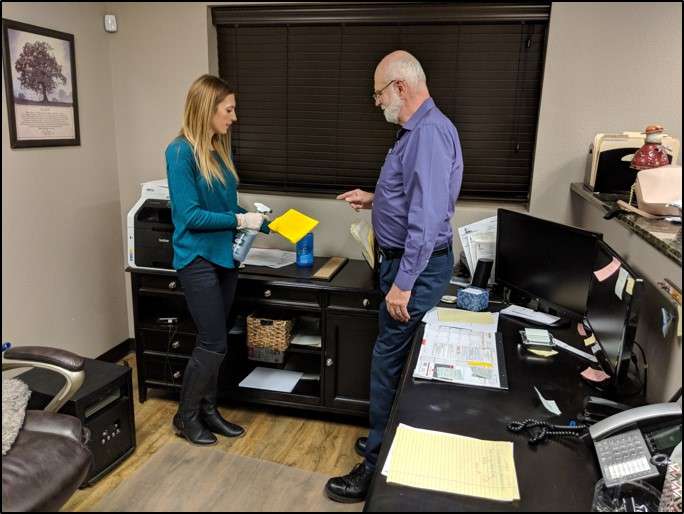
Cleaning Performance Handbook
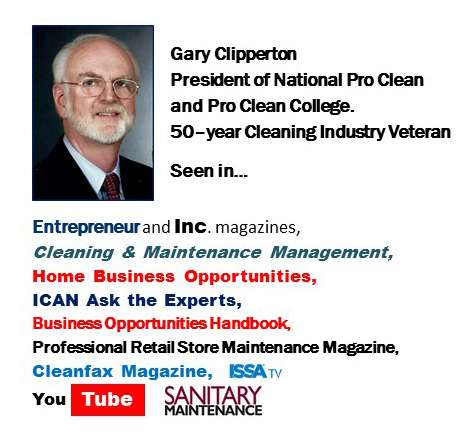
Cleaning Performance Handbook – Letters of Recommendation
“Thanks again Gary, I believe the ideas you have are fantastic and I’ve already implemented the “pocket pal” and am also implementing the grading system that you recommend; i.e., “on a scale from 1 – 10…” and I’m sure that will also be a big help. Keep looking up, the sky’s the limit!”
“I could tell when reading Gary’s new book, “Cleaning Performance Handbook,” that Gary is writing from his heart. His goal is to share his wealth of knowledge with all those in the industry and now entering the industry. As a JanSan author myself, I am proud to recommend this new book.”
Author "Janitorial Contractors Bible" Chicago, IL.
“I could tell when reading Gary’s new book, “Cleaning Performance Handbook,” that Gary is writing from his heart. His goal is to share his wealth of knowledge with all those in the industry and now entering the industry. As a JanSan author myself, I am proud to recommend this new book.”
Author "Janitorial Contractors Bible" Chicago, IL.
“Cleaning Performance Handbook is probably the most comprehensive training manual ever written to help managers efficiently run their crews.
With limited experience I am already conducting training classes for other contractors using this dynamic book. A must for everyone in the business.”
“Gary, what an excellent book! This is a great training tool for first time supervisors as well as a wonderful refresher course for the supervisor or manager who has been around for a while.
The book is written in a language everyone can understand with step by step directions and common sense solutions. That’s what makes this training manual a value-added must!”
“Gary, your Cleaning Performance Handbook has proven to be a very useful tool in building our business. As a small but growing building service contractor, the “Handbook” has let us put systems in place to aid in the growth and professionalism of our company. I would recommend it as a cost effective way to anyone looking to improve the operation of their business without having to reinvent the wheel.”
“I really liked your program, Cleaning Performance Handbook. Your handbook is the best reference that I have come across so far. I use it for training new hires at our school district.”
“Gary,
Cleaning Performance Handbook is an awesome training manual. Your book was written to address quality from the customer’s point of view. As contractors we often fail to recognize their view point because of our tireless physical labor.
It is an excellent guide for quality control and management steps. In fact, it could pass as a college course.”
Order today and take your training program to the next level.
or You may order by phone (719) 598-5112


